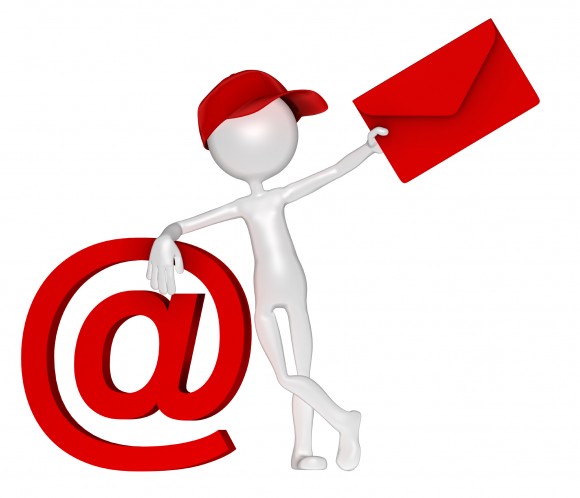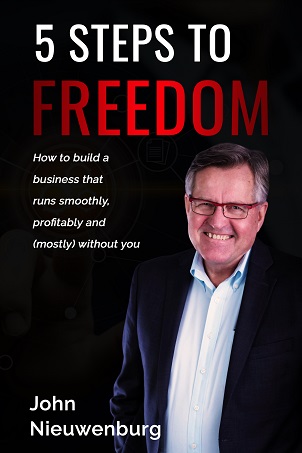How (And Why) To Nuke Your Email Inbox

We’re halfway through January and many people are very much still in how-can-I-improve-my-life mode. If joining the gym or de-activating Facebook hasn’t made you feel like a better human yet, here’s another idea: The Digital Purge.
It’s been four years since Nicholas Carr wrote his famous story in The Atlantic about whether Google (and by extension, the Internet) is making us “stupid.” That article, along with his book The Shallows kicked off a huge debate about the effects the Web is having on our brains, particularly our ability to think deeply or retain information. Since then, with the rise of Smartphone’s, our attention has become even more fractured. The flood of information has become even more constant and overwhelming – and it affects more and more people all the time.
Fortunately, there are ways to minimize the noise. One thing that would help many people is a periodic purge of all their feeds, subscriptions, emails, notifications and yes, even friends. Not every button will be painless to click. But your brain will feel better for it. And email is the perfect place to start.
How to Take Control of Your Inbox;
Even if you’ve been fairly organized about email – setting up folders or tags, utilizing stars and color-coding – chances are your inbox has outgrown your best efforts to tame it.
If you’re like me, you look at your inbox with one agenda in mind: process it. See if you have any new emails, read them, respond to the ones you starred earlier, draft new messages. Seldom do we take a step back and think about what our inbox looks like and why.
So many apps, social networks and commerce sites make the same ballsy, if not outright obnoxious assumption: If you’re signing up to use this product, you want us to email you all the time. And even if you don’t, we’ll keep that box checked by default and hope you won’t notice. You want push notifications on your phone? Just click “OK.” Trust us.
Screw all of that.
Plenty of sites and services that are no doubt bombarding your inbox right now. They need to be zapped. Is Facebook telling you every time somebody likes your vacation photos? Does Twitter fill you in every time anyone does anything anywhere near one of your tweets? Don’t you constantly check these services anyway? Wait, a random high school acquaintance joined Pinterest?? I wonder what kind of cupcakes they’re pinning.
You don’t need those emails. In 15 minutes you can go through and unsubscribe to most of them, zapping anything that doesn’t lend itself to a more productive or fulfilling life. For some, you’ll need to navigate the original website’s notifications settings (try not to get distracted by Grumpy Cat on the way). For others, the “unsubscribe” link is right there at the bottom of the newsletter, as required by law. Many times, it actually works properly, too!
When It Doubt, Go Nuclear With Filters
To nuke the rest, set up a series of rules (this works differently depending on your email provider). In Gmail, it’s easy. When you’re viewing an offending message, you can click the “More” button in the upper right and then select “Filter messages like these.” From there, you can tell Gmail to archive, mark as unread or delete any message with a given sender or subject line. Likewise, if there are any messages you definitely don’t want to miss, you can set up a filter that will automatically star them.
Limit Your Exposure to Email;
But here’s the real issue: If you’re habitually checking your email dozens of times per day, stop it. For most of us, the amount of attention we pay our inboxes each day vastly outweighs the value we realistically derive from it.
Ironically, not checking your email it requires conscious effort, since we’ve trained our brains to expect a never-ending flow of messages, one of which just might be that super-important opportunity we’ve been waiting for.
Our brains need to be re-trained. To do this, we need to turn off the god forsaken email notifications and set aside specific chunks of time for dealing with email. Of course, productivity gurus have been telling us this for years. But it’s worthless advice unless we actually do it.
But here’s the key. It’s not enough to re-train ourselves. While we’re at it, we need to re-train those with whom we communicate via email so they no longer expect immediate responses to every message. Surprisingly, a growing number of employers are actually encouraging this practice, especially after hours.
They know that constant email interruptions aren’t good for productivity. We need to learn that lesson as well.

Thanks to John Paul Titlow and originally seen in ReadWrite
Free E-Book: Five Steps to Freedom

How to build a business that runs smoothly, profitably, and (mostly) without you
Feeling stressed out and overwhelmed with a business that is taking all your time - and not giving you enough in return?
Are you finding it challenging to hire the right team (and get them to do the right things)?
I wrote this little guide for you!
Enter your details below to receive your free copy!
